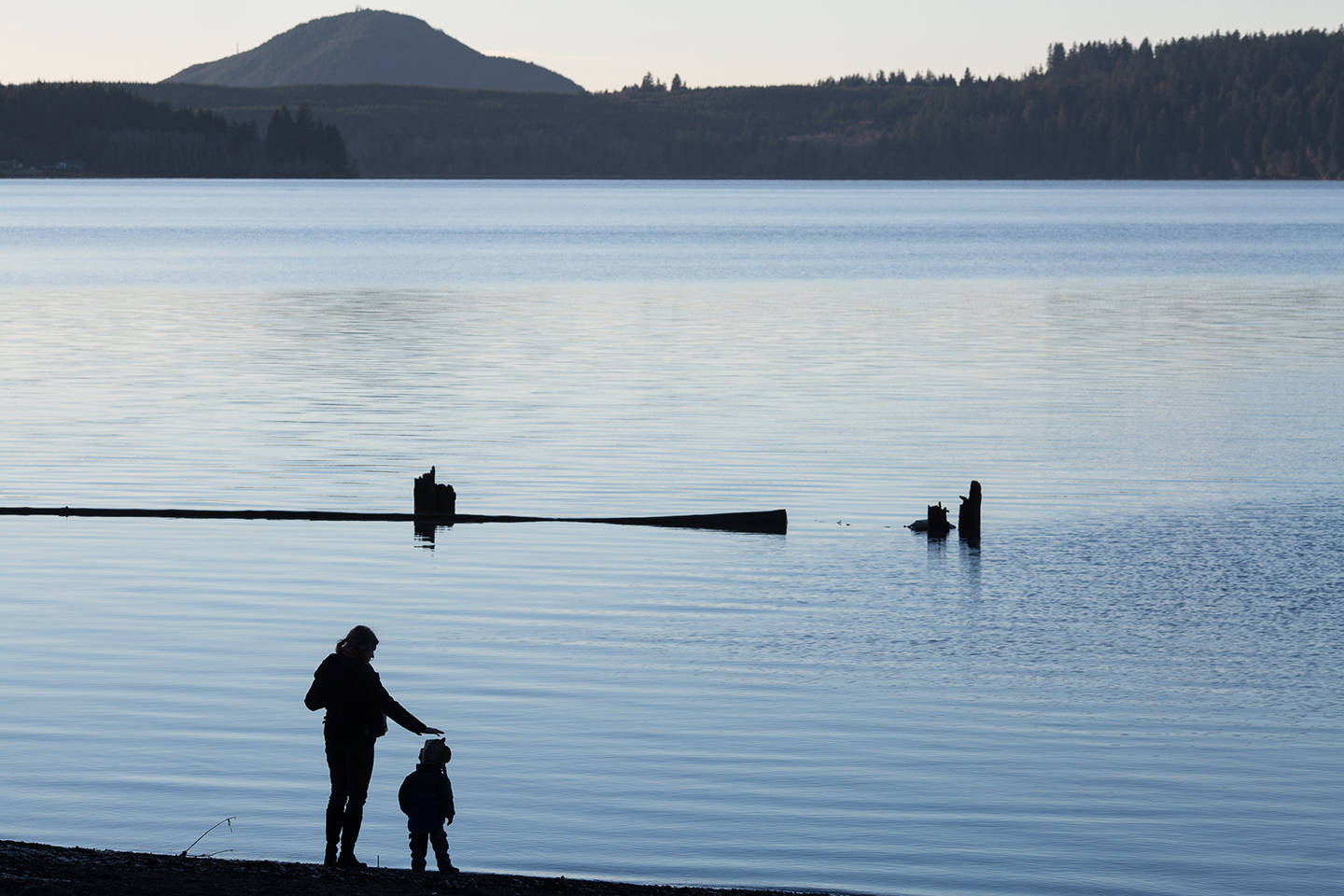The Quinault Indian Nation can now regulate water quality on bodies of water within the reservation under a new U.S. Environmental Protection Agency action that provides the tribe with the same authority under the Clean Water Act as the state of Washington.
The EPA last week approved a Quinault request to assume responsibilities of the Clean Water Act’s Water Quality Standards and Certification programs.
“Specifically, this approval will enable the QIN to establish the regulatory and scientific foundation for protecting water quality by setting water quality goals and standards for the surface water bodies within the reservation,” the EPA announcement said.
“The nation has been working diligently these several decades to extend our sovereignty, our governing authority and jurisdiction over our natural resources. And today, in this day and age, those conversations have really shifted over toward water,” explained Tyson Johnston, Quinault Indian Nation vice president.
How water is regulated is a critical issue because to the Quinaults, “water is life,” Johnston said.
The tribe essentially applied to the EPA for “Treatment in the Similar Manner As a State” (TAS) in overseeing the Clean Water Act on tribal land.
“After careful review of the application, and all the comments received during public comment opportunities, the EPA has approved the tribe’s application. The approval authorizes the tribe to develop water quality standards for all surface waters within the reservation, and to ensure that CWA-permitted discharges will meet the requirements of the water quality standards for reservation waters after the standards are approved by the EPA.”
“The Quinault Indian Nation has long maintained strong environmental programs, and their commitment to a strong water quality program was evident in their application,” said Chris Hladick, the Regional Administrator for the agency’s Region 10 office in Seattle.
The EPA announcement noted the tribe will assert authority over all surface waters within the reservation — approximately 1,292 miles of rivers and streams, 3,609 acres of lakes (including Lake Quinault), and 11,543 acres of wetlands. The reservation also includes sections of tidelands along the ocean.
“The EPA’s approval action does not alter water quality standards outside of the reservation, but does provide the QIN additional ability to weigh in on certain upstream activities that could have impacts on reservation waters,” the EPA announcement stated.
“This is really significant for us because we have very high standards,” Johnston said.
He noted it allows the tribe to coordinate water quality and fish management efforts. “The nation gets to express its sovereign power over something so basic as the human right of water. We’re hoping to take our management to a higher level now that we have this recognized jurisdiction.”
The basic requirements for applying for TAS are that the tribe must be federally recognized; have a governing body to carry out substantial governmental duties and powers; have the appropriate authority; and be capable of administering the functions of the program.
Any water quality standards adopted by the tribe and submitted to the EPA for action must satisfy all Clean Water Act regulatory requirements, including public participation to “ensure an appropriate opportunity for any interested entities to provide input on the proposed water quality standards.”



